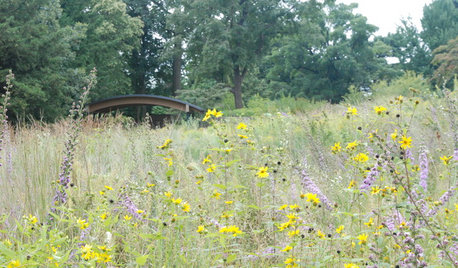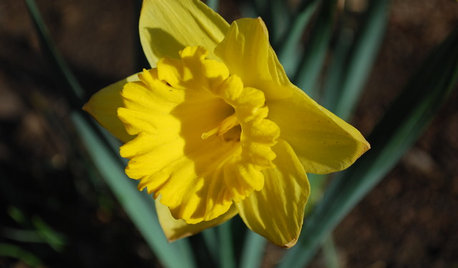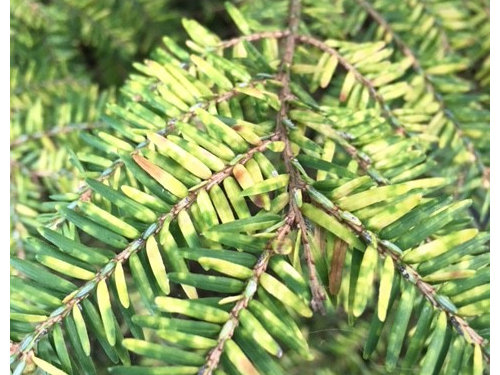Tsuga disease identification?
Matt F
8 years ago
Featured Answer
Sort by:Oldest
Comments (11)
gardengal48 (PNW Z8/9)
8 years agoMatt F
8 years agoRelated Professionals
Danbury Landscape Architects & Landscape Designers · Forest Park Landscape Architects & Landscape Designers · Middle River Landscape Architects & Landscape Designers · Bethlehem Landscape Contractors · Brockton Landscape Contractors · Fort Mill Landscape Contractors · Indio Landscape Contractors · North Potomac Landscape Contractors · Oakland Landscape Contractors · Pompano Beach Landscape Contractors · Rockwall Landscape Contractors · Sun City Center Landscape Contractors · Tustin Landscape Contractors · West Covina Landscape Contractors · West Palm Beach Landscape Contractorsgardengal48 (PNW Z8/9)
8 years agoMatt F
8 years agogardengal48 (PNW Z8/9)
8 years agolast modified: 8 years agoMatt F
8 years agowisconsitom
8 years agoken_adrian Adrian MI cold Z5
8 years agoMatt F
8 years agobengz6westmd
8 years ago
Related Stories

GARDENING FOR BUTTERFLIESA Quick-Start Guide to Bird-Watching for Fun and Learning
Set out some seed and grab your field guide. Bird-watching is an easy, entertaining and educational activity for the whole family
Full Story
GARDENING GUIDESHow to Find the Right Plants for Your Garden
Break free from choosing plants by cold-hardiness zones for a beautiful landscape that thrives year-round
Full Story
TREESHow to Buy Healthy Trees and Shrubs
A healthy young plant with a strong form is more likely to do well in your yard. Here’s what to look for at the nursery
Full Story
GARDENING GUIDESRocky Mountain Gardener's September Checklist
Sharpen your spade and grab your gloves — warm days and cool nights in the garden mean it's planting time
Full Story
LANDSCAPE DESIGNDitch the Ordinary Ditch: Create a Realistic Dry Creek Bed
Here’s how to turn your water runoff system into an eye-catching accent for your landscape
Full StoryMore Discussions












wisconsitom